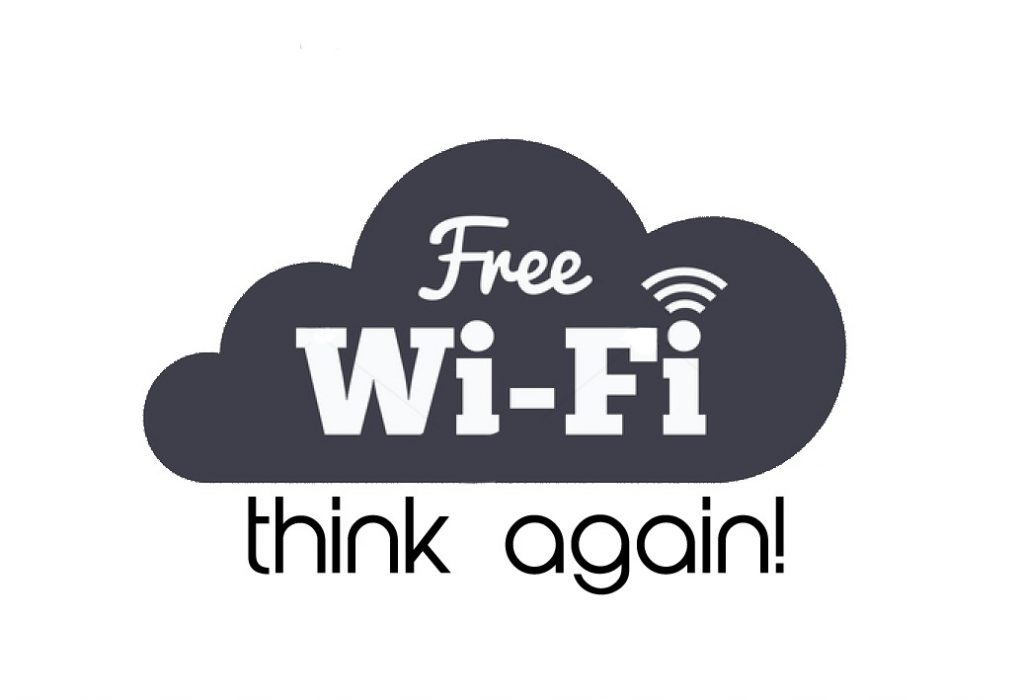1. Use VPN (Virtual Private Network)
If you really must use an unprotected WIFI network, using a VPN program on your smartphone is an excellent approach to safeguard yourself. Your traffic is rerouted to the vendor’s encrypted server using a VPN. You may modify your national location to read prohibited material from certain countries, in addition to safeguarding your access.
2. Be Cautious When Using a Public Network
Hackers employ a simple tactic called faking a network’s name to get access to someone’s information. It’s a technique known as a man-in-the-middle assault. It happens when a malevolent hacker (also known as the “man in the middle”) tampers with data sent between you and the website you’re viewing.
Let’s say you’re in a hotel and the accessible WIFI network list includes a “Free [Hotel Name] WIFI.” Although it appears to be innocuous, it might be a phony WIFI network put up by hackers to deceive users. They can now hack your data as soon as you log in to their false network.
The best alternatives for you are to look for a suitable network, utilize cellular data, or wait until you go to a new area before connecting. Disable “join open networks automatically” in your device’s WI-FI settings at all times. This is to avoid connecting to a phony network by mistake.
3. On the Website Address Bar, Look For The Green Lock Icon
Hackers may easily sniff HTTP traffic for private information such as passwords and credit card numbers. A SSL-enabled website, one that begins with HTTPS, encrypts data sent between the user’s computer and the webserver to prevent it from being intercepted by a third-party intruder.
4. Use Two-Factor Authentication
Even if your password is hacked, Two-Factor Authentication (2FA) is one of the safest ways to safeguard your account. You may be aware of this since most websites, such as Google, require you to enable 2FA for your account.
After entering a password, your account will send a confirmation code via text message if 2FA is enabled. Once you’ve entered the code properly, you’ll be able to access your account. Even if an intruder gains access to your account over public Wi-Fi, it will be unable to access it without the confirmation code. It may take a little longer to log in, but it makes it far more difficult for attackers to gain access to your account.
5. Update The App
Make it a point to update your applications and smart gadgets on a regular basis. However, you should only do this on a trusted network (such as your home or office network) and never on public WI-FI. When you update software via public Wi-Fi, it’s possible that malware will be installed on your computer.
6. Press "Forget the Network"
Always log out of any network you’ve been allocated to once you’ve finished accessing the web. To prevent your device from automatically connecting to that network, select the option to “forget the network” in your WI-FI settings.
7. Off The WiFi
Most jobs, such as writing or drawing visuals, may be completed without using the Internet unless they require it. Save your banking and email for when you’re connected to a secure network or using cellular data.
Conclusion
Any malicious software or attachments in an email should not be downloaded or clicked. On a network, don’t share gadgets or files with anybody. This reduces the possibility of illegal access to the system.
Consider if you truly need to connect to the internet via a public network. High-risk activities, such as online banking, emails, and file sharing, can wait until you’re connected to cellular data or a secure network.
When using a public WI-FI network, common sense and a deliberate habit are required once again. By following all of these helpful hints, hackers will have a difficult time stealing your data right in front of your eyes.




